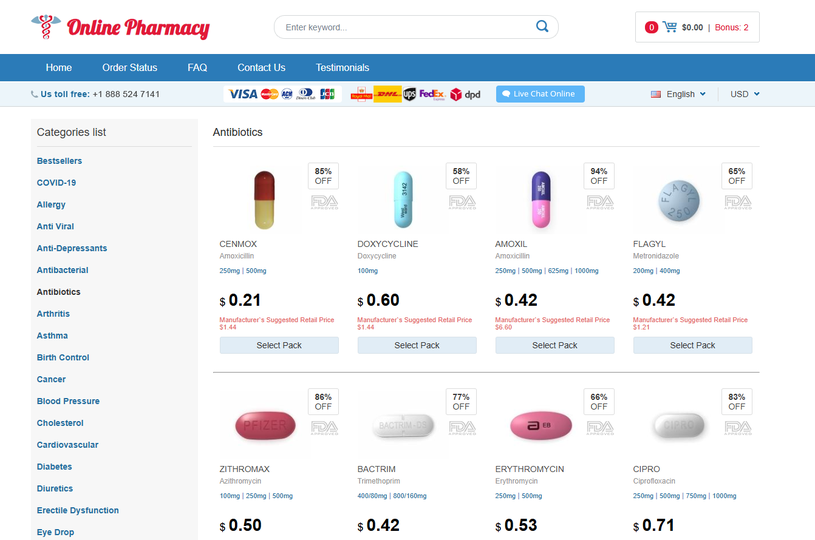Buy Lasix Without Prescription. Visit Our Pharmacy ↓

Lasix: A Doctor’s Comprehensive Guide to Effective Fluid Management
Introduction: Why Lasix Could Be Your Solution
As a physician, I often encounter patients struggling with fluid retention, high blood pressure, or heart failure. These conditions can severely impact quality of life—causing swelling, fatigue, and even life-threatening complications. If you’re tired of feeling bloated, struggling with uncontrolled hypertension, or dealing with the discomfort of edema, Lasix (furosemide) might be the key to regaining control of your health.
This review will guide you through the benefits, proper usage, and potential side effects of Lasix, ensuring you make an informed decision. By the end, you’ll understand why this medication is a trusted choice for millions—and why it might be exactly what you need.
Understanding Lasix: How It Works
What Is Lasix?
Lasix is a powerful loop diuretic that helps your body eliminate excess water and sodium through urine. It’s primarily prescribed for:
- Edema (swelling) caused by heart failure, liver disease, or kidney problems
- Hypertension (high blood pressure) when other medications aren’t enough
- Fluid overload in conditions like pulmonary edema
How Does Lasix Help You?
By blocking sodium and chloride reabsorption in the kidneys, Lasix forces your body to flush out excess fluids. This leads to:
- Reduced swelling in legs, ankles, and abdomen
- Lower blood pressure (reducing strain on your heart)
- Improved breathing in cases of lung congestion
If you’ve ever felt like a "water balloon" or struggled with stubborn high blood pressure despite lifestyle changes, Lasix could be the breakthrough you need.
The Role of Lasix in Managing Hypertension
Why Hypertension Is a Silent Killer
High blood pressure often has no symptoms—until it causes a heart attack or stroke. If you’re over 30, you might notice:
- Persistent headaches
- Shortness of breath
- Fatigue despite adequate rest
Left untreated, hypertension can damage your heart, kidneys, and brain.
How Lasix Safely Lowers Blood Pressure
Lasix helps by:
1. Reducing blood volume – Less fluid means less pressure on artery walls.
2. Enhancing kidney function – Supports proper sodium balance, crucial for BP control.
3. Complementing other medications – Often used when other antihypertensives aren’t enough.
If your current meds aren’t cutting it, Lasix could be the missing piece in your treatment plan.
Navigating Lasix Treatment: Tips for Optimal Health
Getting the Most Out of Lasix
To maximize benefits and minimize risks:
- Take it in the morning (prevents nighttime bathroom trips).
- Monitor your weight daily (sudden changes may indicate fluid imbalance).
- Follow a low-sodium diet (enhances effectiveness).
- Stay hydrated—but not too much (balance is key).
When to Expect Results
- Swelling improves within 1-2 hours.
- Blood pressure drops within a few days.
- Full effects stabilize in 1-2 weeks.
Stick with it—consistency is crucial!
Common Physical Reactions to Lasix Usage
Most patients tolerate Lasix well, but some temporary reactions include:
- Frequent urination (expected and desired effect).
- Mild dizziness (from rapid fluid loss; usually fades).
- Leg cramps (due to potassium loss; easily managed).
These are signs the medication is working—but if they persist, consult your doctor.
The Common Side Effects of Lasix and Their Symptoms
Potential Risks & How to Manage Them
While effective, Lasix can have side effects:
1. Dehydration – Watch for:
- Dry mouth
- Extreme thirst
- Dark urine
Solution: Drink water (but don’t overdo it).
2. Electrolyte Imbalances – Symptoms:
- Muscle weakness (low potassium)
- Irregular heartbeat (low magnesium)
Solution: Eat potassium-rich foods (bananas, spinach) or take supplements if prescribed.
3. Kidney Strain – Rare but serious. Signs:
- Reduced urination
- Swelling that worsens
Solution: Regular blood tests can catch issues early.
Important Note:
However, this medication may cause dehydration, electrolyte imbalances, and kidney damage in some patients. The key is proper monitoring—most problems are avoidable with smart management.
Why You Should Consider Lasix Today
If you’re battling:
✔ Stubborn swelling that makes movement painful
✔ Uncontrolled high blood pressure despite diet/exercise
✔ Breathing troubles from fluid overload
…then Lasix could be your fast-acting, life-changing solution.
Next Steps:
1. Talk to your doctor – Is Lasix right for you?
2. Get a prescription – It’s affordable and widely available.
3. Start feeling better – Relief is just days away.
Don’t let fluid retention or hypertension hold you back. Take control—ask about Lasix today!
Final Thought from Your Doctor
Lasix isn’t just a pill—it’s a tool for reclaiming your health. With the right approach, you can enjoy less swelling, better blood pressure, and more energy. The first step? Asking your doctor if Lasix fits your needs.
Your healthier future starts now.